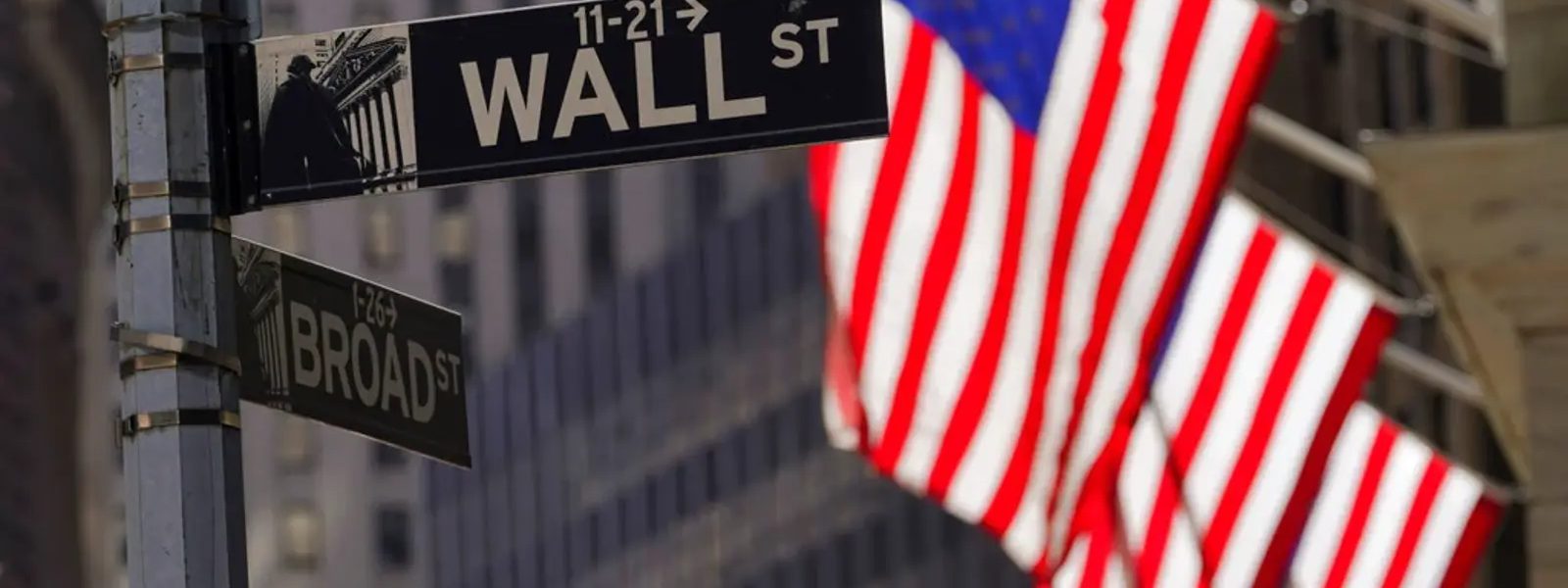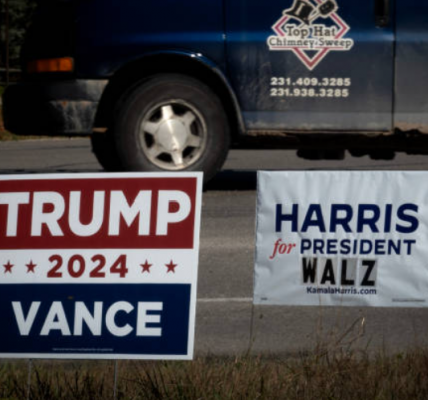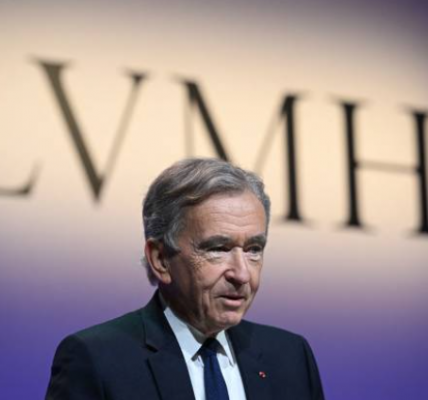US Markets have been ripping in the last week, and 2025 has been ignited by the sparks of a new man in town. Donald J. Trump’s resurgence has forged huge confidence and spurred movement in American markets, with his campaign vastly impacting US economic activity moving into the new year.
Last Wednesday (15th January) saw the December inflation figures for both the US and UK announced, with the word ‘relief’ sounding across the United States in reaction. Before these numbers were unveiled, the market was worried core inflation would be nasty, as inflation is typically higher in Q1 each year. Ever since September, the US has had an uptick in inflation, hauling fears of rising inflation as we moved into the new year, where interest rates would have to be kept elevated, causing concerns given the substantial debt and interest payments still to be made globally.
This narrative was exacerbated by the US non-farm payroll figures (number of jobs created per month) released the previous Friday (Jan 10th), which blew expectations out of the water, reporting 256,000 jobs created, smashing the forecasted 160,000 (Politi et al, 2024), indicating the labour market is in a strong position. Ultimately these factors mixed a dangerous cocktail of worry, with Trump’s presidency campaign throwing fuel on the fire amid more inflation concerns.
However, inflation wasn’t high, with core inflation coming lower than forecasted at 3.2% (Bloomberg, 2025), exciting the market. Core inflation strips out food and energy prices; they’re important factors but they’re volatile, so the market and the Fed pay less attention to it. Some investors are hoping for the Fed to lower interest rates in their end of January meeting, as they’re fearful of slower inflation. Although many have called for quite the opposite, expecting them to avoid rate cuts completely, partly siding with an opportunity to increase them instead after the surging non-farm payroll figures. The Fed’s hawkish decision to slice their benchmark rate by 0.5% in September (Smith et al, 2024) signalled a turning point in their plans for the year ahead, and Bank of America have already revised their forecast by claiming “the rate-cutting phase is over” (Ashraf, 2025), hinting at a possibility for hikes to follow.
Panic in the Bond Market
Trump’s US election win raised hopes that corporate tax cuts and deregulation under the incoming administration would boost corporate America. His advocated policies of tax cuts, tariff imposition and immigration curbs have led the Fed to signal a more cautious approach in 2025 (Politi, 2025) amid his recent inauguration which partially influenced a global bond sell-off.
Given the expectations for higher inflation under Trump, in synergy with the robust US jobs market, investors have priced in the Fed to cut interest rates slower to around 2 cuts across the year, if they’re lucky, perhaps even raising them if inflation spirals too high. As a result the 10-year yield, a benchmark for global borrowing costs, climbed to 4.76% (Politi, 2025). This is because when inflation expectations increase, the existing lower-yielding bonds which investors hold become less attractive, so they proceed to sell them. This drives their prices down as their supply expands, and due to the inverse relationship existent between yields and bond prices, yields rise.
Owing to a potential rate hike, there was a sharp rise in long term treasury yields and subsequently the ‘term premium’ too, which played a large factor in the bond sell-off. The term premium is the portion of the 10-year treasury yield that reflects investors’ compensation for the risk involved in locking their money away for a decade, rather than just repeatedly reinvesting cash into short term securities (Vanjani, 2025). It increased 50 basis points at the beginning of the month, for the first time since 2014 (Dolan, 2025).
These yield spikes were alarming, having reached multi-decade highs. However the soft inflation data and strong jobs report last week has maintained optimism in the US economy as Trump embarks on his office and odyssey as president, who is in pursuit of expansionary policies – for which the banks have taken quite the liking to.
Candyland for Wallstreet
Surrounding Trump’s recent campaign, there has been strong positivism amongst banks and investors as they anticipate pro-growth policies from the newly elected president, with Wall Street banks making one hell of a start to the new year.
JP Morgan, Goldman Sachs, Citi Bank and Wells Fargo, America’s four largest banks, had a phenomenal quarter in Q4, shown in their reported earnings which were announced last week (15th Jan), kicking off the earnings season. The four banks’ shares were all up 2-7% (Reuters, 2025) after they’d announced record profits, driven by the sharp increase in equities trading since the election. Banks have completely blown the doors off and are feeling very smug.
The KBW Bank Index, which is a benchmark stock index for the banking sector (Scott, 2022), finished the year up 30%, exceeding the S&P 500 by 10 percentage points, showcasing the outperformance of banks across 2024. These figures denote huge confidence within the economy, driven by two main factors.
High interest rates have been the golden goose, laying golden eggs of profit for banks. Elevated rates provide banks the ability to generate a larger spread between the rates they charge when lending money to customers and the interest costs they’re paying on their deposits, representing their net interest income (Curran, 2025). Accordingly, they cashed in on their loan books and reported huge earnings, with Wells Fargo and Citi Bank in particular gaining over 7% on their share price, partly supported by Citi’s investment banking fees climbing 42% in Q4 (Gandel, 2025).
Mr Trump has similarly had quite the impact for banks by fuelling a bumper quarter for the trading desks, delivering huge market action and volumes pre-election (during October as it became clearing Trump would win) and post-election as his cemented position further boosted the market. Trading volumes increased substantially; simply put, the more volume traded, the more money made. This came in addition to the greater M&A deal flow within the banking sector, increasing 13% compared to 2023 (Abbott et al, 2025). This also has been catalysed by Trump’s return, and hence only ever likely to further increase given his deregulatory policies which form a more permissive environment in which regulatory burdens are reduced.
It seems the perfect storm has brewed for US banks. Everything is sweet with these figures and political conditions, and Wells Fargo’s Mike Mayo has claimed the banking kingpin Jamie Dimon (JP Morgan CEO) hasn’t been this upbeat in decades (Gandel, 2025).
References:
Abbott, M.W., Bonvino, A., Kindler, R.A., Langston, J.E., Marell, J.D., Mi, F.F., Seifried, K.T., Turano, L.C., Veeraraghavan, K., Scoler, J.A., Syed, U. (2025, January 15). M&A at a Glance (2024 Year-End Roundup). Paul Weiss. M&A at a Glance (2024 Year-End Roundup) | Paul, Weiss
Ahsraf, A. (2025, January 12). Bank of America: Rate-cutting cycle has ended. LDN Global Markets. Bank of America: Rate-Cutting Cycle Has Ended – LDN Global Markets
Bloomberg (2025, January 15). CPI data signal cooling inflation in good news for Fed. Bloomberg UK. US CPI Report December 2024: Live Data on Inflation, Consumer Price Index News – Bloomberg
Curran, P. & Cheung, Anthony (Host). (2025, January 16). The Trading Floor: CPI relief & Wall Street rakes in record profits. [Audio podcast]. AmplifyME
Dolan, M. (2025, January 8). Morning Bid: Bonds flashing red, ‘term premium’ at 10y high. Reuters. Morning Bid: Bonds flashing red, ‘term premium’ at 10y high | Reuters
Gandel, S. (2025, January 15). Citi’s Fraser proud of performance she is getting out of top hires. Financial Times. US bank earnings as it happened: Shares jump as investors cheer bumper results
Politi, J. & Clarflet, H. (2025, January 10). Treasury yields jump after US jobs report smashes expectations. Financial Times. Treasury yields jump after US jobs report smashes expectations
Reuters (2025, January 15). Bank CEOs expect Trump bump to business as profits surge. Reuters. Bank CEOs expect Trump bump to business as profits surge | Reuters
Scott, G. (2022, July 16). KBW Bank Index: meaning, overview, history. Investopedia. KBW Bank Index: Meaning, Overview, History
Smith, C., Megaw, N., Alim, A.N. (2024, September 19). Federal Reserve cut rates by half a point and signals era of easing has begun. Financial Times. Federal Reserve cuts rates by half a point and signals era of easing has begun
Vanjani, K. (January 15, 2025). Wall Street can’t stop talking about ‘Treasury Term Premiums’. Why all the fuss?. MSN. Wall Street Can’t Stop Talking About ‘Treasury Term Premiums.’ Why All the Fuss?






